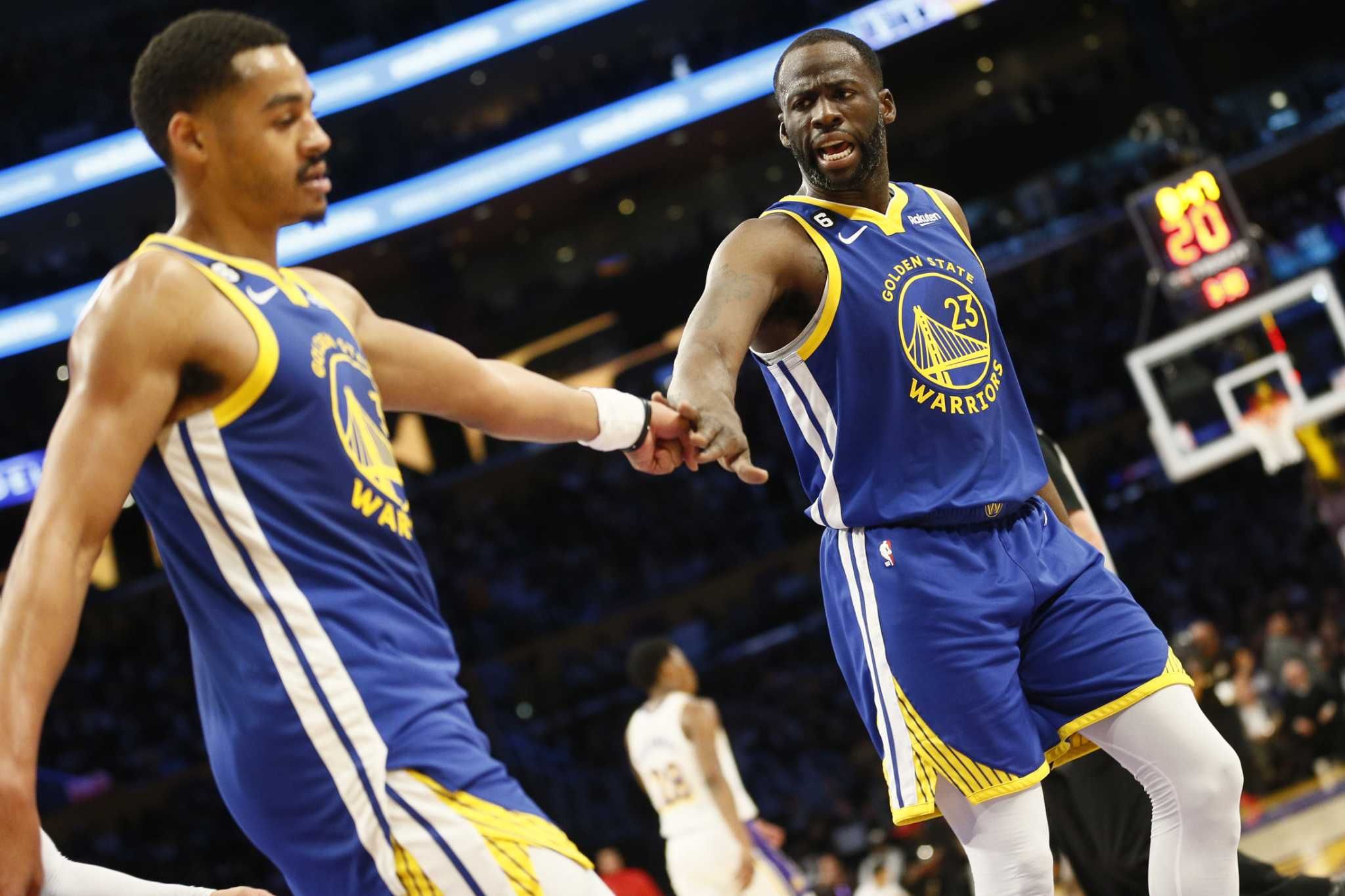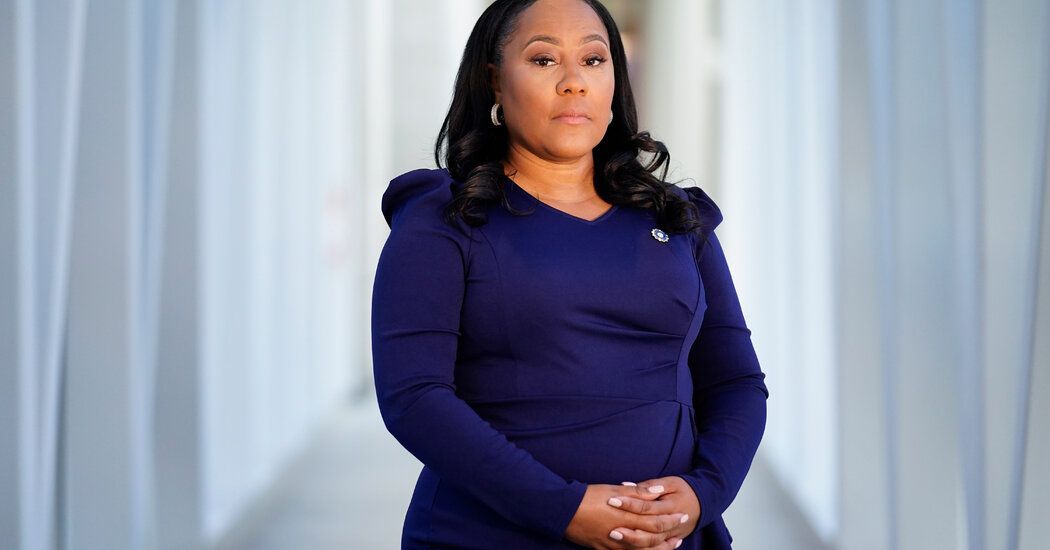Who gets a new deal or gets dealt to renew the Warriors' dynasty?
This is a carousel. Use Next and Previous buttons to navigate 2 1 of 2 Santiago Mejia/The Chronicle Show More Show Less 2 of 2 Stephen Lam/The Chronicle Show More Show Less
Shortly after the Golden State Warriors’ exit from the NBA playoffs Friday, the national conversation about Stephen Curry & Co. turned to one question: What now?
This was long going to be a monumental offseason for a franchise trying to extend its dynasty despite an aging core. Now, after ending their season in May for the first time in a decade, the Warriors stare down a series of items that should shape their trajectory.
Here is a detailed breakdown of Golden State’s offseason to-do list:
• Bring back general manager Bob Myers. Before the Warriors can address their biggest roster concerns, they must know who is making those decisions. Myers is the architect behind this dynasty, and has a contract that expires on June 30. Though expected to take time to think about his future, he should have some urgency. The draft is June 22, and free agency opens just eight days later.
Majority owner Joe Lacob has already offered Myers multiple contract extensions that would put him among the league’s highest-paid executives. According to multiple reports, Myers just isn’t sure what he wants to do.
This much is clear: If Myers moves on, the Warriors should have a tougher time keeping their core together. Draymond Green has a $27.6 million player option for next season and is known to be quite close with Golden State’s general manager.
The same goes for Klay Thompson, who is extension eligible this summer. Golden State’s skyrocketing payroll means that both Green and Thompson would likely have to take pay cuts to stick around long-term.
These are critically sensitive conversations. Given the relationships Myers has fostered with Green and Thompson over the past decade-plus, he is well-equipped to talk them into sacrificing financial gain for the greater good of the team.
Should Myers decide he’s ready for his next challenge, Lacob would almost certainly replace him internally. The likeliest candidate is assistant general manager Mike Dunleavy Jr., a confidant of Myers’ who has played a key role in some of the team’s biggest roster decisions over the past 3½ years.
As a player, Dunleavy was the No. 3 pick in the 2002 draft by Golden State, and has learned firsthand from Myers that relationship-building as a GM is just as essential as personnel moves. But there is only one Myers, and the Warriors recognize that extending this dynasty will be tricky — perhaps even impossible — if he doesn’t return next season.
• Figure out what to do with Draymond. Green wasted little time Friday in voicing his intention to play for the Warriors the rest of his career, which shouldn’t come as a shock. An extension would be in the best interest of both parties. Not only has he proven he can anchor the Warriors’ defense for years to come, he might have a hard time finding a contract elsewhere in free agency that would rival the almost $28 million he’d earn with Golden State next season.
Multiple sources told The Chronicle this week that the franchise is confident Green won’t leave in coming months. He still wants to chase championships, which might be unlikely if he opts out of his player option. The handful of teams with salary-cap space are set to attend Tuesday’s draft lottery.
Odds are that Green exercises his player option before trying to hammer out a multi-year extension with the Warriors. But there is also a chance he opts in, then requests to be traded — a path Kyrie Irving followed with the Nets this past season.
The latter seems more likely if Myers doesn’t return. Should Green demand a trade, Golden State’s GM — whoever that might be — could be in a difficult situation. Many teams believe that Green is more valuable on the Warriors than he would be elsewhere.
• Consider trading Jordan Poole and/or Jonathan Kuminga. Lacob has been open about his desire to keep the Warriors’ total payroll — between salaries and luxury taxes — under $400 million, which is why the team didn’t match Gary Payton II’s three-year, $28 million offer from Portland last summer. However, a financial reckoning looms.
If the roster stays together and Green opts into his player option, the Warriors must pay around $457 million in salary and tax penalties next season. Free agency should spike that number north of $500 million. That’s an unwieldy sum for any team, especially an old one with no guarantee of title contention.
Add in the roster-building constraints the new collective bargaining agreement has brought high-spending teams, and the Warriors must shed a big salary. The most logical casualty is Poole, whose erratic regular season and tumultuous postseason suggest he might not be ready to play up to his four-year, $140 million extension about to take effect.
Moving Poole would be risky. At 23, with a well-chronicled work ethic and Stephen Curry-esque moves, he projects as the Warriors’ most promising young player. And given the attention Poole’s poor playoff performance received, Golden State could struggle to find equal value for him in a trade.
Regardless of what happens with Poole, the Warriors should also consider moving Kuminga. His questionable jumper has made him an awkward fit alongside Green and Kevon Looney, and with Andrew Wiggins under contract for at least three more years, Kuminga might not have a clear route to significant minutes.
Though few doubt Kuminga’s upside, the Warriors don’t want his frustrations over playing time to cause locker-room friction. Perhaps he could be included in a package to bring back someone like Raptors forward OG Anunoby.
• Discuss possible extensions for Klay and Steve Kerr. Thompson is eligible this summer to sign a four-year, $220 million extension, but a contract of that magnitude should give the Warriors pause. Though he led the league this past season with 301 3-pointers and averaged 21.9 points, he often struggled to finish inside and stay in front of his man defensively.
A contract that would pay Thompson around $61 million during his age-37 season in 2027-28 could hamstring the Warriors for the next half-decade. They’d be better off convincing him to sign a much-smaller deal, a tough ask for a core member of the dynasty.
Kerr is also entering the final year of his current deal. Though he is expected to coach at least until Curry retires, few could blame Kerr if he’s ready for his next thing. The Warriors should get a better sense of how he’s feeling this offseason.
• Round out the roster. The new CBA doesn’t do the Warriors any favors. In addition to not being permitted to sign free agents in the buyout market, use cash in trades, move first-round picks in drafts that are seven years away and take back more money than is being sent out in trades, franchises above the second salary-cap apron will lose their taxpayer mid-level exception.
This is all part of the league’s effort to ensure more parity. Considering that the Warriors will almost definitely be above the second salary-cap apron of $17.5 million over the tax line, they should have to round out their roster on minimum deals.
In other words, a suspect bench might get even worse. Pending free agent Donte DiVincenzo probably played himself out of the Warriors’ price range. Even JaMychal Green, who was in and out of Golden State’s rotation much of the season, might sign elsewhere for more than the $3.4 million the Warriors can offer.
Considering that Golden State is not assured of title contention, it likely won’t be attractive to “ring chaser” types. That puts the pressure on Myers or his successor to find players whose abilities outpace their market value.
Source: San Francisco Chronicle


